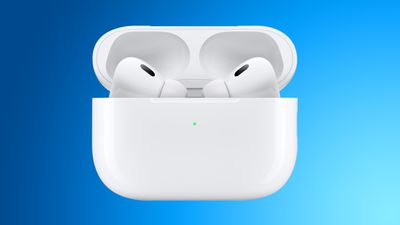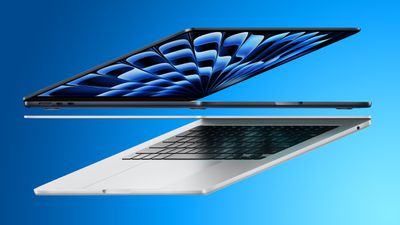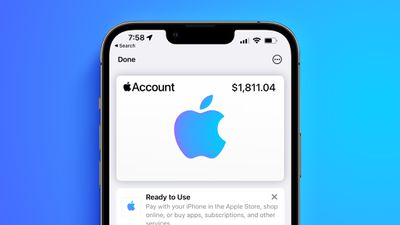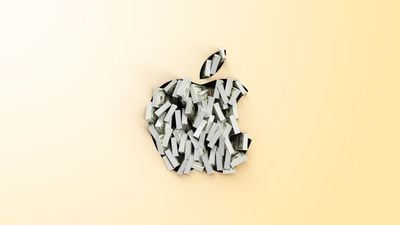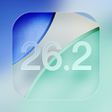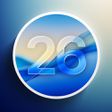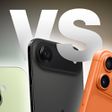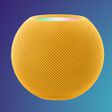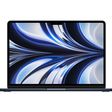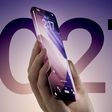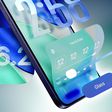On this week's episode of The MacRumors Show, we discuss Apple's unusual iOS 18.1, iPadOS 18.1, and macOS Sequoia 15.1 betas that introduce Apple Intelligence for the first time.
The beta versions currently available are exclusive to developers, providing them with a first
hands-on look at Apple Intelligence. Apple continues to beta test iOS 18, iPadOS 18, and macOS Sequoia 15 separately.
One of the most prominent aspects of Apple Intelligence is its Writing Tools, which allow users to proofread text for spelling and grammar errors and rewrite content to change its tone. Users can also summarize any text, creating paragraphs, lists, or tables, which are accessible anywhere text input is possible across the operating system.
The revamped version of Siri is another key feature of Apple Intelligence. The voice assistant now boasts a new design with a glowing edge around the display when activated, indicating when Siri is listening. There is also a Type to Siri option, which allows users to interact with Siri via text instead of voice commands. Siri has been enhanced to maintain context between requests and follow along if the user stumbles over words. Additionally, Siri can now answer a wide range of questions about Apple devices, leveraging Apple's extensive product knowledge and support database.
Several other features included in the beta release are designed to improve communication and media management. For example, users can record, transcribe, and summarize phone calls, which are then stored in the Notes app. The Mail and Messages applications now feature Smart Replies, offering quick, context-based responses. In the Photos app, the new Memory Maker feature allows users to create memory movies from photo collections using natural language descriptions. This feature automatically selects relevant photos and music, although users can customize their creations further.
Some features have been postponed to later releases. The Image Playground app, which offers image creation tools, is not yet available. Genmoji, a tool for creating custom emojis, and the Image Wand feature, which inserts contextually relevant images into Notes, are also missing from the current beta. Additionally, Priority Notifications, which prioritize important alerts, and advanced Mail categories for sorting incoming messages are not yet implemented. Other postponed features include the ability to remove unwanted objects from photos with a single tap, enhanced Siri capabilities such as on-screen awareness, and ChatGPT integration, which should significantly expand Siri's conversational abilities.
Apple has indicated that these additional features will be rolled out progressively throughout 2024 and 2025. The current Apple Intelligence beta is limited to U.S. English and is not accessible to developers in the European Union or China. Apple Intelligence is supported by the iPhone 15 Pro and iPhone 15 Pro Max, all Apple silicon iPads, and all Apple silicon Macs. The public will have access to the first Apple Intelligence features upon the official release of iOS 18.1, iPadOS 18.1, and macOS Sequoia 15.1 later this year.
The MacRumors Show has its own YouTube channel, so make sure you're subscribed to keep up with new episodes and clips:
You can also listen to The MacRumors Show on Apple Podcasts, Spotify, Overcast, or your preferred podcasts app. You can also copy our RSS feed directly into your podcast player.
If you haven't already listened to the
previous episode of The MacRumors Show, catch up for our discussion on all of the
latest rumors about the
iPhone 17 "Slim" – a whole new kind of iPhone coming next year.
Subscribe to The MacRumors Show for new episodes every week, where we discuss some of the topical news breaking here on MacRumors, often joined by interesting guests such as Luke Miani, Matthew Cassinelli, Brian Tong, Quinn Nelson, Kevin Nether, Jared Nelson, Eli Hodapp, Mike Bell, Sara Dietschy, iJustine, Jon Rettinger, Andru Edwards, Arnold Kim, Ben Sullins, Marcus Kane, Christopher Lawley, Frank McShan, David Lewis, Tyler Stalman, Jon Prosser, Sam Kohl, John Gruber, Federico Viticci, Thomas Frank, Jonathan Morrison, Ross Young, Ian Zelbo, and Rene Ritchie.
The MacRumors Show is on X @MacRumorsShow, so be sure to give us a follow to keep up with the podcast. You can also head over to The MacRumors Show forum thread to engage with us directly. Remember to rate and review the podcast, and let us know what subjects and guests you would like to see in the future.



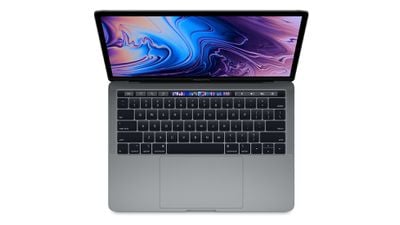
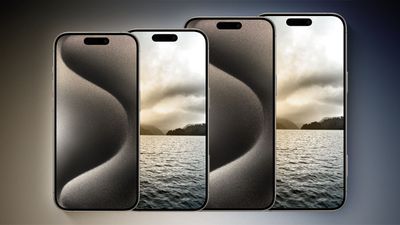




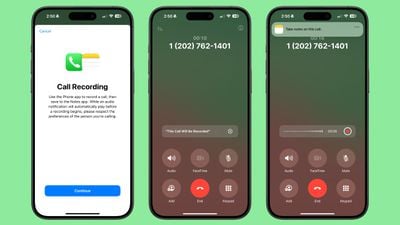
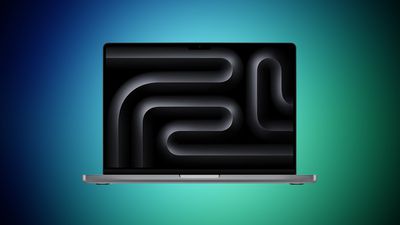

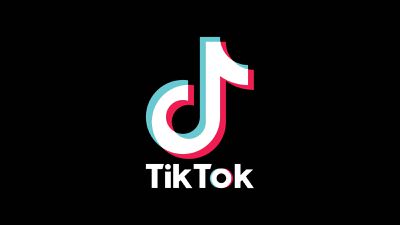

 Note: MacRumors is an affiliate partner with some of these vendors. When you click a link and make a purchase, we may receive a small payment, which helps us keep the site running.
Note: MacRumors is an affiliate partner with some of these vendors. When you click a link and make a purchase, we may receive a small payment, which helps us keep the site running.